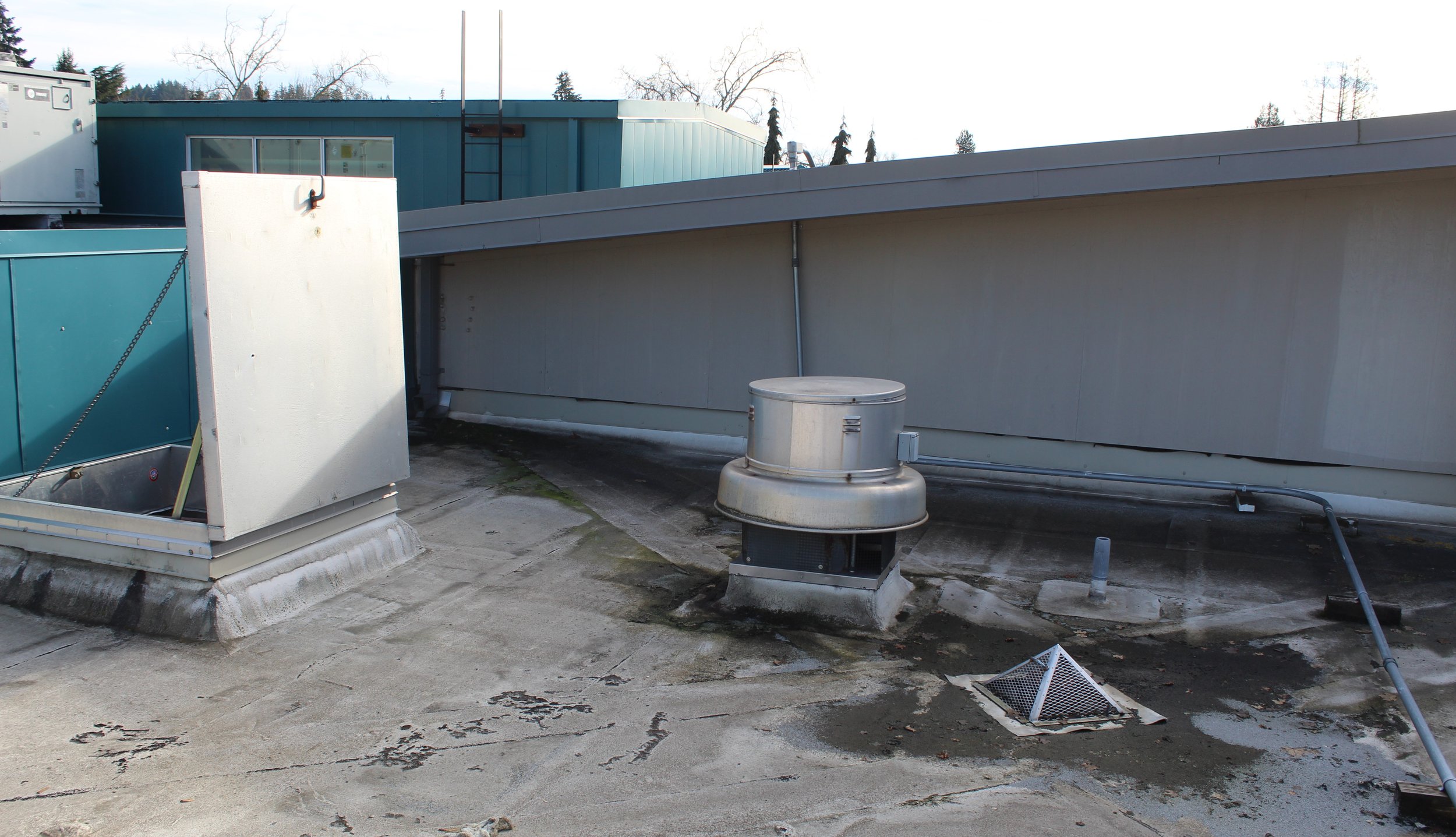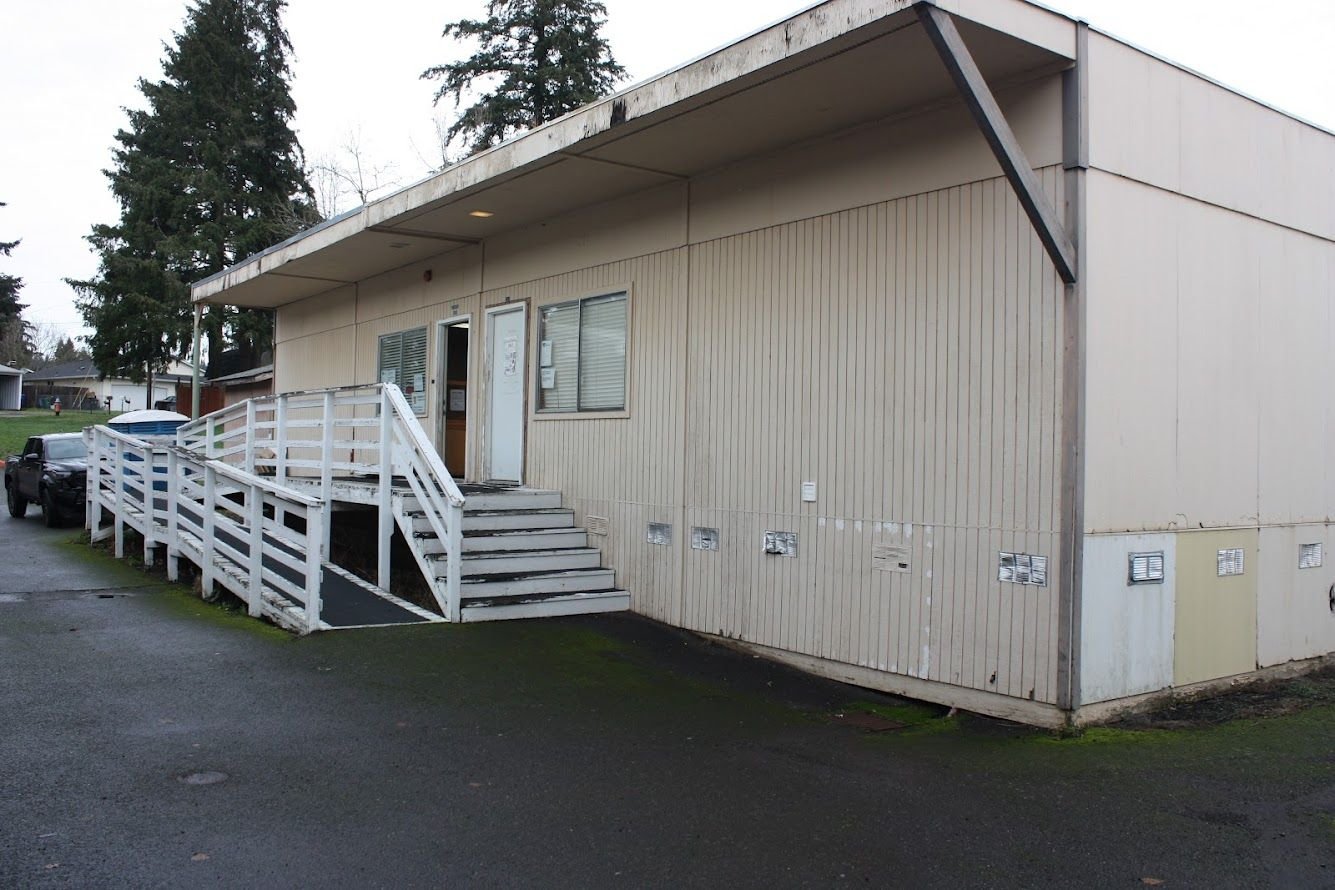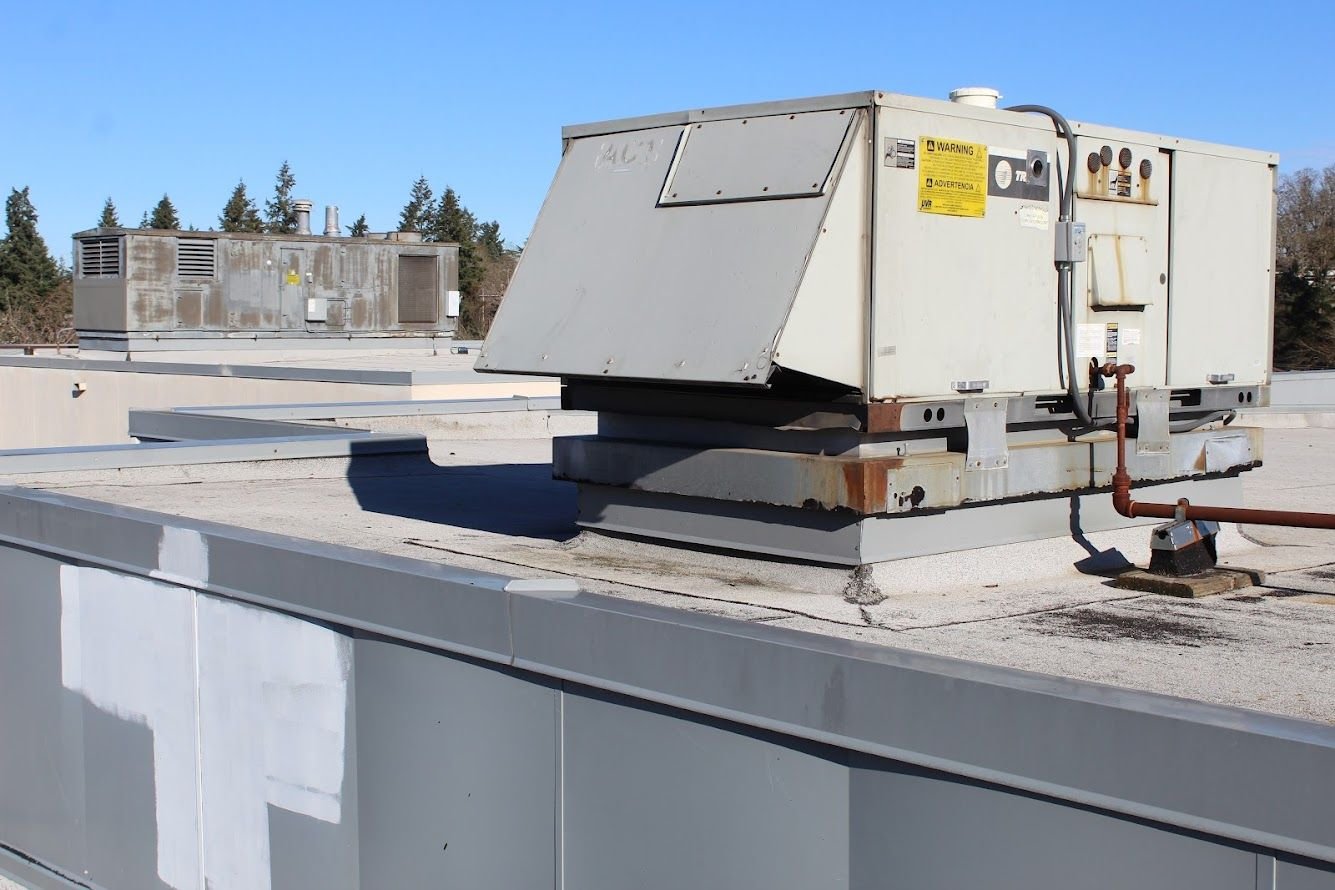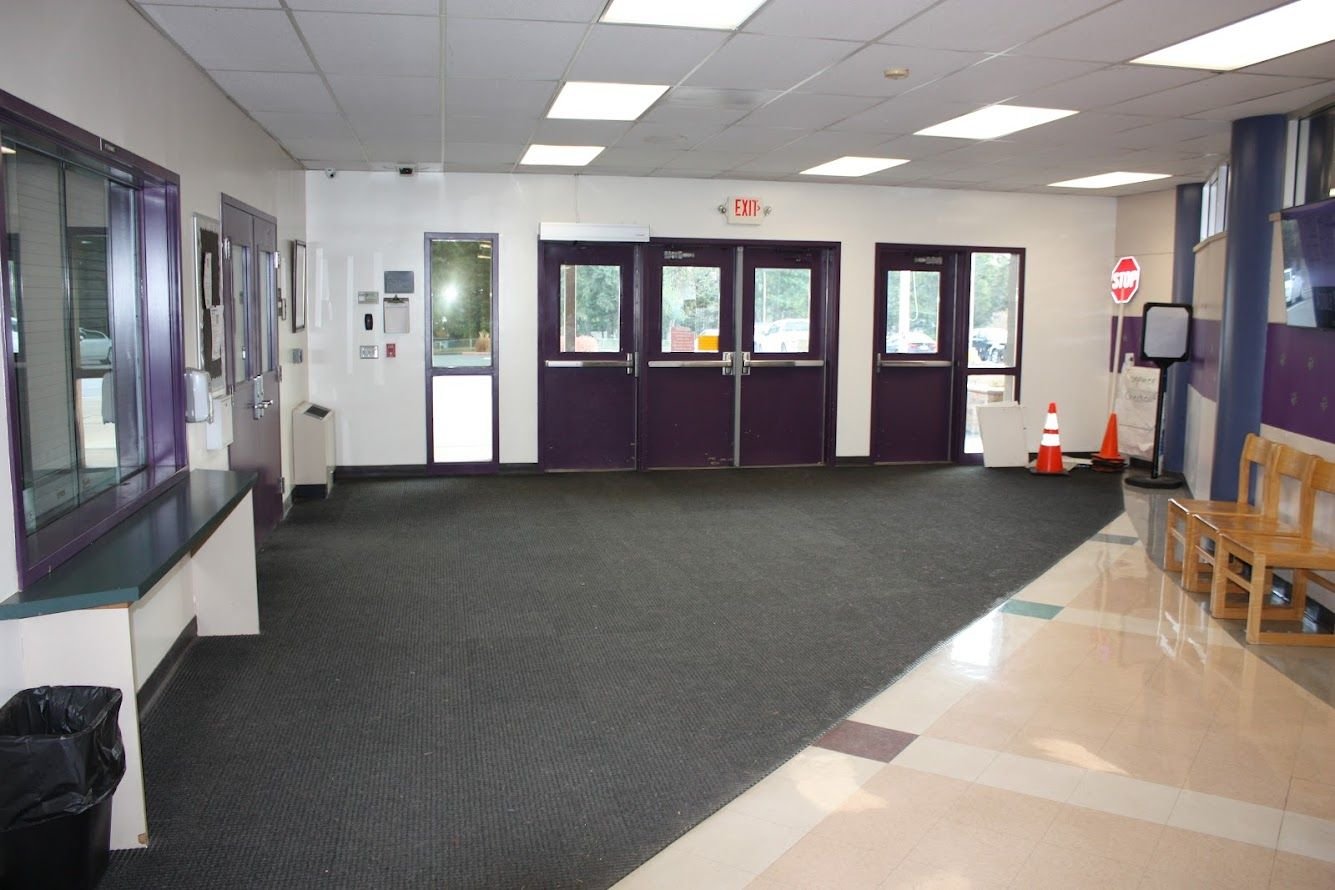Proposed Measure 3-624

John Wetten Elementary


John Wetten Elementary


John Wetten Elementary








Gladstone High School

Gladstone High School

Gladstone High School

Gladstone High School

Walter L Kraxberger Middle School

Walter L Kraxberger Middle School

Walter L Kraxberger Middle School

Walter L Kraxberger Middle School

Walter L Kraxberger Middle School
Proposed Bond Measure Events
-
State of the City of Gladstone
Monday, March 10, 2025
12:00 PM
Gladstone High School Demo Room
18800 Portland Ave, Gladstone, OR 97027Sponsored by Kiwanis Club of Gladstone
Speakers include Mayor Michael Milch & GSD Superintendent Jeremiah Patterson
Mesa Fresca lunch available for purchase, $20
-
Facility Tours
April 8
5:30 pm - 6:00 pm
Gladstone High School/Center for Children and Families6:00 pm - 6:30 pm
John Wetten Elementary School6:30 pm - 7:00 pm
Kraxberger Middle SchoolApril 23
5:30 pm - 6:00 pm
Gladstone High School/Center for Children and Families6:00 pm - 6:30 pm
John Wetten Elementary School6:30 pm - 7:00 pm
Kraxberger Middle SchoolMay 5
5:30 pm - 6:00 pm
Gladstone High School/Center for Children and Families6:00 pm - 6:30 pm
John Wetten Elementary School6:30 pm - 7:00 pm
Kraxberger Middle School
Gladstone School Bond FAQs
Gladstone School District Proposed Bond Measure Questions
-
A general obligation bond measure is used by a public school district to finance school facility projects or other capital projects. A measure is referred to the ballot along with information about the specific projects that would be completed by the district if passed by voters.
-
If passed, the average homeowner would pay $87.08 per month or $1,044.90 per year from June 2025 to June 2027. The average homeowner would pay $80.80 per month or $969.57 per year from June 2027 to June 2047.
The above monthly and yearly costs are based on a property tax of $4.30 per $1,000 of assessed property value from June 2025 to June 2027 and a property tax of $3.99 per $1,000 of assessed property value from June 2027 to June 2047. The property taxes collected between 2025 and 2047 would total $70 million.
-
By law, General Obligation Bond funds can only be used for the capital projects outlined in the ballot explanatory statement. These funds cannot be used for items such as PERS, salaries or other employee expenses, nor can they be used for routine maintenance or supplies.
-
To vote on a bond measure, residents must live within the Gladstone School District and be registered to vote. In order to vote, you must be a U.S. citizen and 18 years old.
Oregonians can register to vote after their 16th birthday but will not receive a ballot or be eligible to vote until an election occurs on or after their 18th birthday.
To register to vote, go to https://secure.sos.state.or.us/orestar/vr/register.do?lang=eng&source=sos
-
There are four scheduled election dates each year in Oregon: March (second Tuesday), May (third Tuesday), August (fourth Tuesday), and November (first Tuesday following a Monday).
For more information about elections, go to https://www.clackamas.us/elections.
-
If the measure does not pass, the proposed projects would not be completed and property taxes would not be increased.
Proposed Projects
-
Proposed Projects
● Security Updates & Secure Entries
● Repair and replace Roofs
● ADA Upgrades
● Replace Security Systems & Fire Panels
● HVAC Upgrades & Boiler Replacements
● Structural & Seismic Upgrades
● Select Door & Window Replacements
● Plumbing Replacement & Re-piping
● Restroom Renovations
● Athletic Facility Upgrades
● ADA Playground Upgrades Electrical Panel Upgrades
● Site Repairs (including fencing and drainage)
● JWE Auxiliary Gym Upgrades
● Exterior Envelope Maintenance at Elementary and Middle School
● Replace Outdated Furniture Sanitary Sewer Repair
● Update Classroom Technology
● Renovate STEM & CTE Programs at High School and Middle School
● Upgrade Science Lab at Middle School
● Interior upgrades
● Counseling Center Privacy Enhancements at High School
● Secure Community Use Spaces
● Repair Gym Floor
● Cafeteria Servery Upgrades
● Removal of Aging Portable Buildings (Modulars)
● Furniture Replacement as Needed
● Art Room Upgrades
● New Outdoor Play Spaces at Elementary and Middle Schools
-
If the bond measure is passed by voters, the district would start the process of hiring a contractor to work with the district’s architect to start the design and planning phase. The district would work with the contractors and architects to create a project timeline projecting when projects would start and be completed.
-
The district would prioritize scheduling projects during summer break if a bond measure is passed. If projects are scheduled while school is in session, plans would be made to limit disruptions and protect students.
-
Yes. A new middle school would cost the district approximately $75 million. A single project at this projected amount would potentially raise the property tax rate for residents above what the measure proposes and it would be challenging to address critical repairs, and the safety and security projects on this measure.
If passed, what would be expected regarding costs of construction?
-
Building a school typically costs more than constructing a residential or small commercial building for a variety of reasons including:
specialized design and functionality,
the size and scale of the building,
higher occupancy load,
regulatory compliance,
educational standards,
specialized accommodations, and
safety requirements.
Schools require specialized design features to meet educational needs. This includes: classrooms,
science labs,
libraries,
gymnasiums,
and administrative offices.
Each of these spaces must be carefully designed to support effective teaching and learning.
Schools are generally larger in terms of both square footage and overall scale compared to residential buildings. Schools have higher occupancy loads compared to residential buildings. This requires more extensive infrastructure, including fire safety systems, plumbing, electrical systems and ventilation, to ensure the safety and well-being of a large number of people.
There are specific educational standards and regulations set by state and national educational authorities that school districts must comply with that can increase construction costs. This includes requirements for classroom size, accessibility, technology infrastructure, and safety features. School buildings must comply with local zoning codes, building permits and adherence to educational facility standards.
In addition, schools often have specialized amenities like sports facilities, auditoriums, music rooms, and computer and science laboratories. These facilities require additional construction and maintenance costs. Schools may need extensive site preparation, including grading, utilities, parking lots and outdoor play areas. This can be more complex and costly compared to the site requirements for a residential building. Schools must be designed to accommodate a diverse range of students, including those with disabilities. This may require additional features such as ramps, elevators and accessible restrooms.
Schools also require specific security measures to ensure the safety of students and staff. This can include controlled access points, security systems and emergency response protocols, which can add to construction costs.
Additionally, the district must pay prevailing wage on all school construction projects, which is the amount that must be paid to construction workers on all public works projects in Oregon. Prevailing wage rate laws ensure local participation and community established pay standards on publicly funded projects. These rates include fringe benefit wages to encourage employers to purchase health insurance and other benefits for their workers.
Facilities Grants
-
The Oregon School Capital Improvement Matching (OSCIM) Program provides matching grants to districts that pass a local general obligation bond. If the bond measure passes, the state would provide the Gladstone School District with a $6 million matching grant. This would provide the district with additional funds for facility improvements. If the bond measure does not pass, the Gladstone School District would not receive matching funds from the state.
-
The Technical Assistance Program (TAP) helps districts plan for capital improvements and expansion so they can inform residents about deferred maintenance, future enrollment and explore sources of funding for school facilities. TAP provides four types of grants to school districts to cover or offset the costs of conducting:
Facilities Condition Assessments;
Long-Range Facility Planning;
Seismic Assessments, and;
Environmental Hazard Assessments.
The Facilities Assessment and Long-Range Facility Plan are required as part of the Oregon School Capital Improvement Matching (OSCIM) Program grant application. The Seismic Assessment is a required component of the application to Business Oregon’s Seismic Rehabilitation Grant Program, through which school districts can apply for funding to retrofit buildings. From 2019-2021, the Radon Environmental Hazard Assessment Grant helped nearly half of all districts in Oregon pay for radon testing to comply with Oregon Health Authority’s ORS 332.341 and 332.345. Starting in 2022, the Asbestos Environmental Hazard Assessment Grant will help districts meet the federally mandated requirements of the Asbestos Hazard Emergency Response Act (AHERA) by covering the costs of asbestos inspections, periodic surveillance, AHERA-related training for staff, and upgrading to a web-based record-keeping system.
Please refer to the Oregon Administrative Rules (OARs) under Chapter 581, Division 27, for definitions, grant program procedures, and reporting requirements for the grants listed above.
Finances
-
The current property tax rate for Gladstone School District is $4.30 per $1,000 of assessed property value.
-
June 2025 to June 2027 Estimated District Property Tax Rates if measure passes: $4.30 per $1,000 of assessed property value. The average homeowner would pay $87.08 per month or $1,044.90 per year.
June 2027 to June 2047 Estimated District Property Tax Rate if measure passes: $3.99 per $1,000 of assessed property value. The average homeowner would pay $80.80 per month or $969.57 per year.
Total property taxes collected over the 20-year period would be $70 million.
-
Oregon's school finance system is complex, blending state, local, and federal revenues to support 197 school districts and 19 Education Service Districts (ESDs). The primary funding mechanism is the State School Fund (SSF), which allocates money based on a statutory equalization formula that combines state appropriations and local revenues, such as property taxes. This system is designed to ensure equity among districts with varying local wealth.
Revenue Sources
1. State Contributions: Oregon's legislature provides K-12 education funding through three primary sources:
○ General Fund (primarily income taxes),
○ Lottery receipts, and
○ Corporate Activities Tax
2. These contributions form the SSF, which totals $10.2 billion for the 2023-2025 biennium, representing about 66.5% of the funds distributed to schools.
3. Local Revenues: Local contributions, largely from property taxes, provide another significant portion of school funding. For 2023-2025, local revenues are estimated at $5.1 billion, making up about 33.5% of total funding. These local sources include:
○ Property taxes, the County School Fund, the Common School Fund, and revenues from state-managed timber trust lands.
4. Oregon also allows districts to ask voters for additional funding via a “local option” tax, but this is capped to prevent wide disparities in district funding.
5. Federal Funding and Grants-in-Aid: In addition to state and local sources, schools receive federal grants, particularly for specific programs like Title I (for high-poverty schools) and special education. For 2023-2025, federal and state grants-in-aid, including those from the Corporate Activities Tax, provide significant additional funding for specific purposes, such as nutrition programs and professional development.
School Funding Distribution
The SSF and local revenues are distributed using an equalization formula that adjusts for each district’s specific needs, ensuring equity across Oregon. Factors like teacher experience, transportation costs, and a district’s student population (measured by a weighted student count) influence the allocation of funds. For example, students in poverty or English language learners receive additional weighting in the formula to reflect their greater educational needs. The goal is to ensure that all students, regardless of their district’s wealth, have access to comparable educational resources.
-
The assessed value of a home is generally used for tax purposes including calculating the bond rate. Oregon began using assessed value for tax purposes through the passage of Measure 50 in 1997. Though homeowners usually want their property values to grow over time, in this case, it’s better when the home’s value is lower. That’s because the higher the assessed value, the higher the property taxes.
Market value is used by lenders, buyers and sellers to estimate the appropriate selling price given current market conditions. It’s essentially the value that assessors attempt to come up with before applying the assessment rate. An easy way to think about market value is this: What would a prospective buyer be willing to spend on a particular home and/or what would the seller be willing to accept if it were sold today?
For more information about assessed value vs real market value, go to this informational video from the OACTC https://www.youtube.com/watch?v=oQ_BkTQZmCg&t=78s
For more information about how to understand your tax bill, go to the Clackamas County Assessor’s website at http://ascendweb.clackamas.us/.
-
To find out the assessed value of a property, go to the Clackamas County Assessor’s website at http://ascendweb.clackamas.us/.
For more information about tax statements, go to https://www.clackamas.us/at/taxbill.
-
It is possible that the tax rate could change. Housing construction, area growth/decline, and home values could all contribute to changing the rate per $1,000 of assessed property value.
The property tax rate that would be used to pay off the bonds is currently calculated using estimates of assessed value and estimates of actual interest rates when the bonds are sold. Based on current estimates, the tax rate would be $4.30 per $1,000 of assessed property value from June 2025 through June 2027 and $3.99 per $1,000 of assessed property value from June 2027 through June 2047.
The Clackamas County Assessor would calculate the actual property tax rate sufficient to make the first year's payment on the bonds if the bond measure passes in May. The first year and every subsequent year after a possible bond measure passage, the assessor would make that actual rate calculation based on the actual assessed property values of Gladstone School District and the bond payments that are due in that particular year. If the current estimates for assessed value and bond payments vary each year from the actual numbers, then the rate could stay the same, decrease or increase.
-
Once the debt is paid off, the taxpayers would no longer be taxed for school projects in Gladstone. The last year of the proposed property tax is projected to be 2047. The school district can only collect the amount they asked for in the bond measure.
-
Information about the Gladstone School District’s finances can be found on the district website at https://www.gladstone.k12.or.us/page/business-office
To see the most recently adopted budget, use this link.
Community Oversight
-
If the bond measure passes, the Gladstone School Board would appoint a long-term citizens bond oversight committee to review how property tax revenues are spent and focus on implementing projects as voters intended.
-
If the bond measure passes, the Gladstone School District would appoint a citizens bond oversight committee made up of community members, parents, and district staff to actively monitor the progress of the bond program, and focus on implementing projects as voters intended. The bond oversight committee would report to the school board.
Contact us
Do you have a question that wasn’t answered above?
Let us know!


